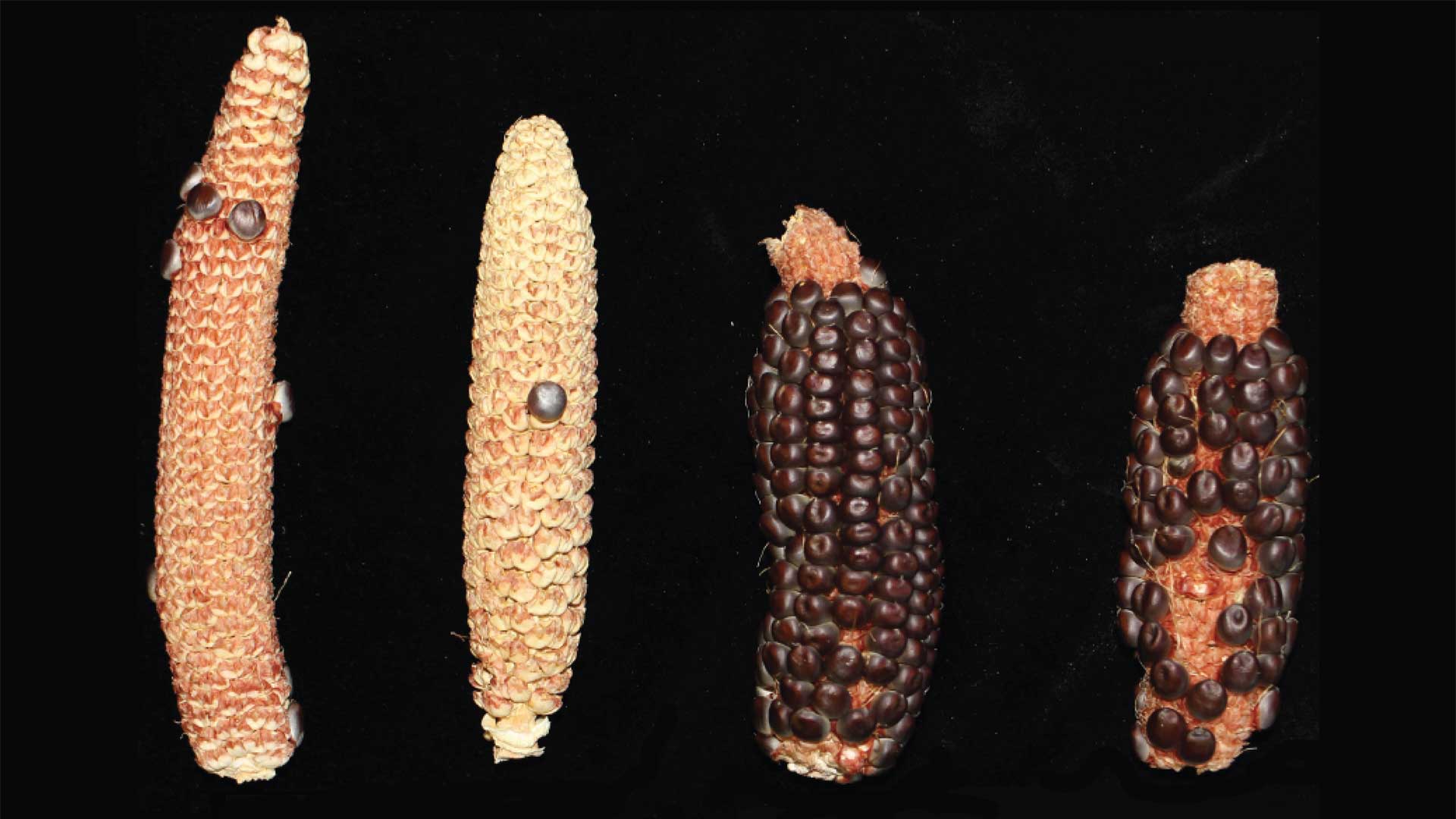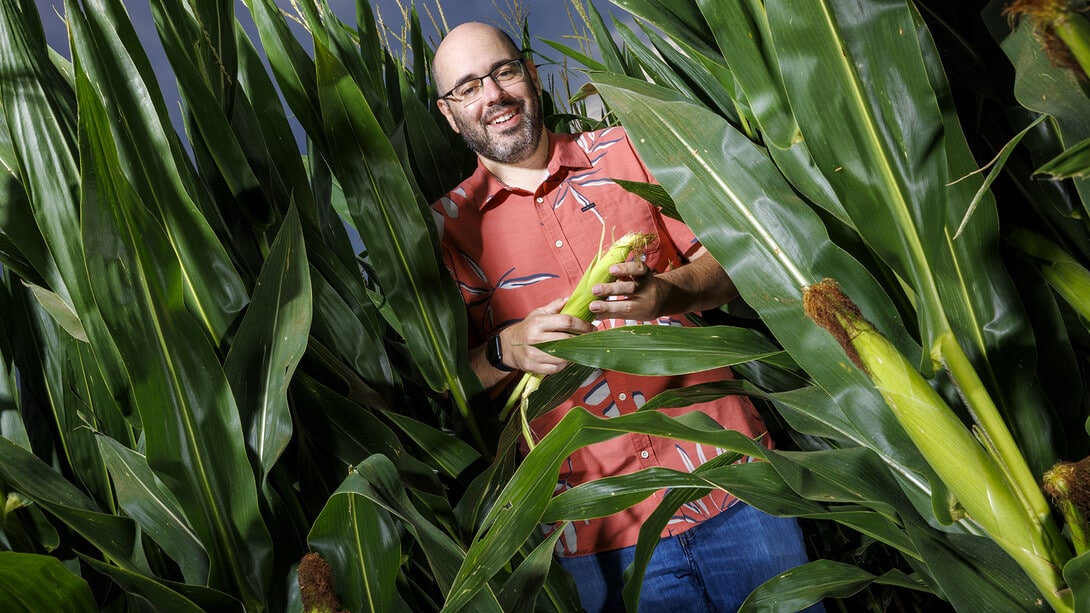Research on corn’s evolution finally answers questions about how corn adapted to quickly thrive in North America.
Until recently, corn’s fast and effective evolution from maize was a mystery. New research released by the Cold Spring Harbor Laboratory (CSHL) reveals a glimpse of how corn was able to adapt quickly to the variable temperatures and climate of the Midwest region of the United States.
According to the research, the answer lies in corn’s genetic sequencing. When maize – a crop native to the warm, tropical lowlands of Mexico – was crossbred with a relative of maize called teosinte Mexicana, a crop grown in Mexico’s much colder highlands, the resulting crop carried a key trait from teosinte: cold adaptability. This trait allowed the new crop, which we now know as corn, to successfully spread across North America. What researchers until now couldn’t understand was how the crop adapted so quickly: why did the highland parent crop’s traits take hold?
Jerry Kermicle, a researcher from the University of Wisconsin was conducting an experiment crossing semi-sterile teosinte hybrids with traditional maize. He noticed that the offspring behaved unusually. Had normal trait inheritance occurred, the offspring eventually should have become completely sterile or remained fertile. But Kermicle’s semi-sterile teosinte-maize hybrids always remained semi-sterile, no matter how many times Kermicle repeatedly crossed the hybrids back to maize.
Kermicle reached out to Rob Martienssen, an HHMI investigator and CSHL professor studying RNA interference – the process by which small RNAs silence certain genes. To understand the hybrids better, Martienssen and graduate student Ben Berube took hundreds of pollen grains from the semi-sterile offspring and sequenced the genomes. They found that in each plant, the same genetic sections from the teosinte genome were present.
“There were two pieces of the genome, one on chromosome 5 and one on chromosome 6, that were always inherited. That told us that the genes responsible [for the semi-sterility] must be in those regions,” Martienssen said, in a news release about the research.
On chromosome 5, the researchers identified a gene named ‘Dicer-like 2’ that produces a specific RNA sequence present in semi-sterile hybrids but absent in traditional maize. This discovery allowed Martienssen’s team to identify what they call the ‘Teosinte Pollen Drive’ (TPD). This “selfish” genetic mechanism selectively eliminates pollen grains that do not carry the gene drive, resulting in maize-teosinte hybrids that transmit certain traits through males more frequently than through females. While this finding could have major implications for agricultural practices, including weed control, Martienssen views it as having even broader significance beyond its immediate applications.
Martienssen said TPD may be corn’s “missing link”. This breakthrough could not only clarify how corn adapted and flourished across America but also provide insights into why certain RNA sequences are prevalent in the sperm cells of plants, animals and even humans.











